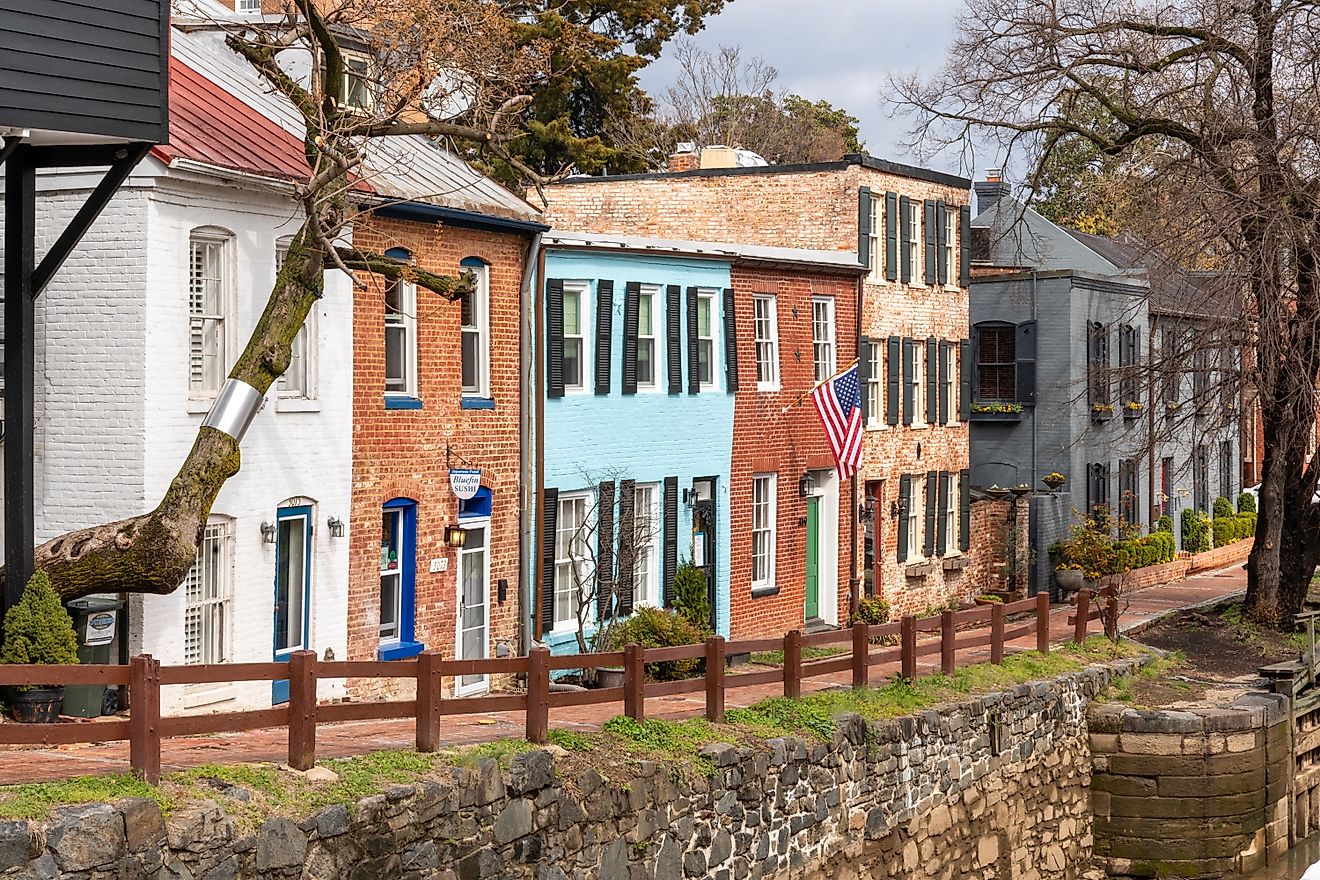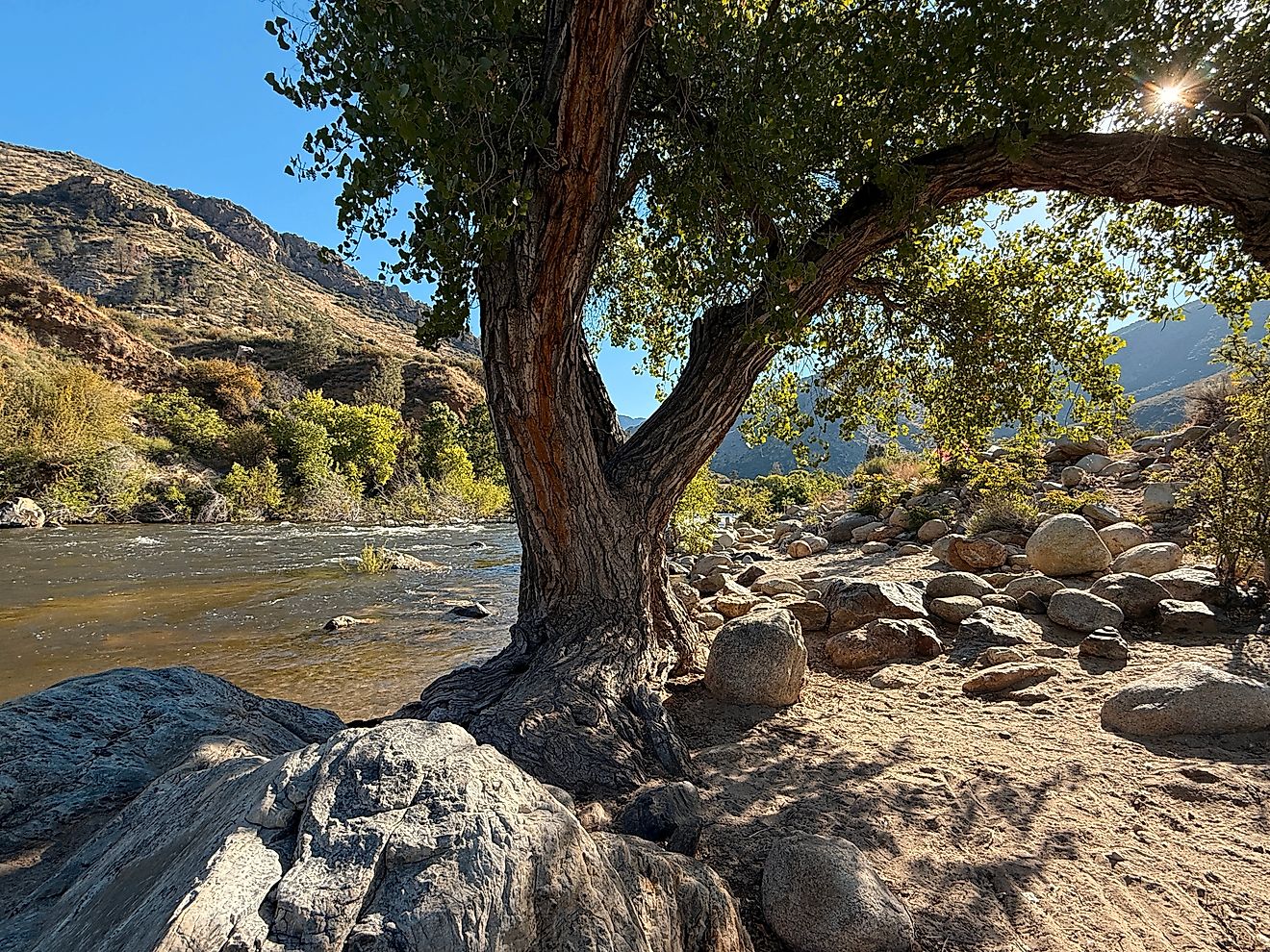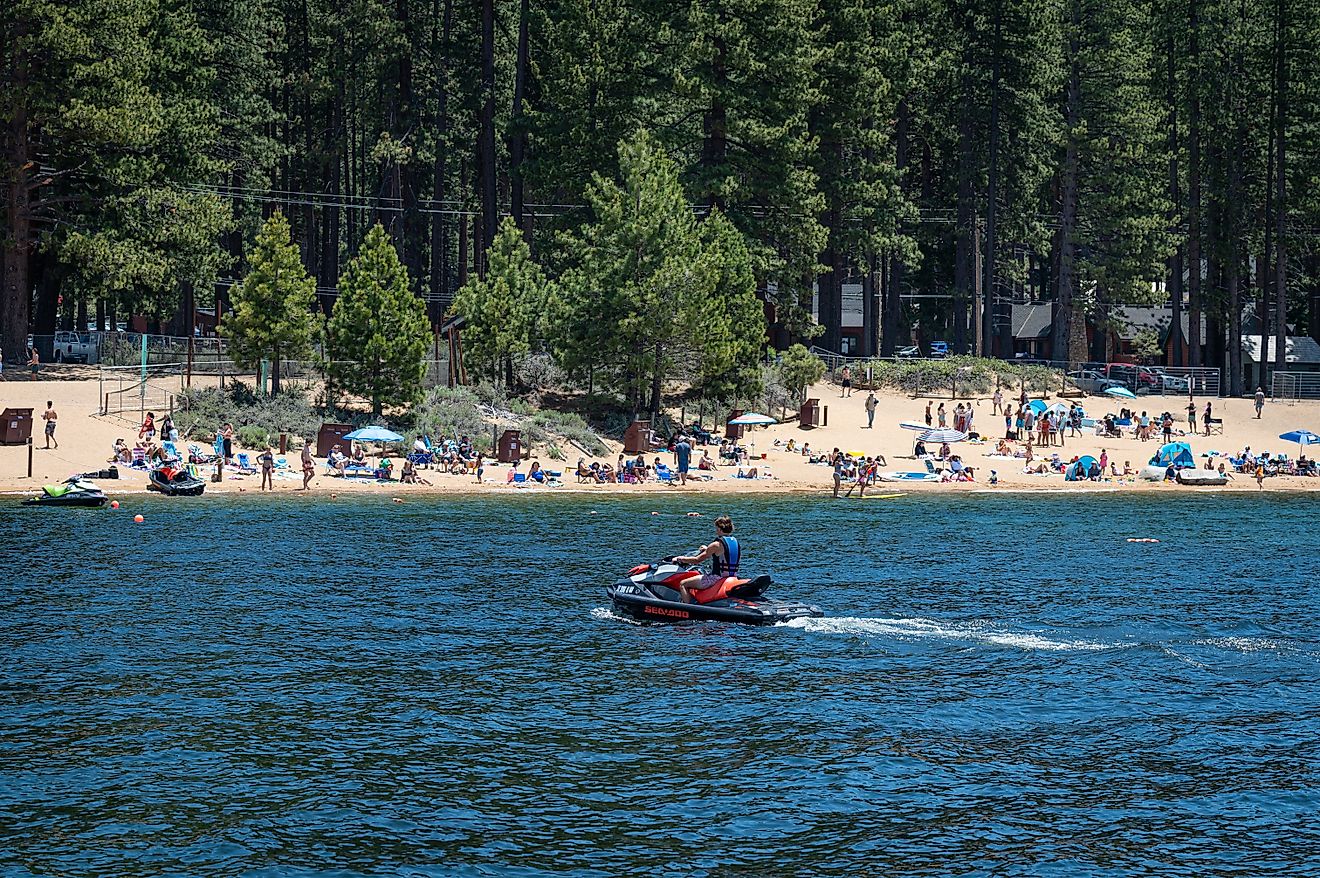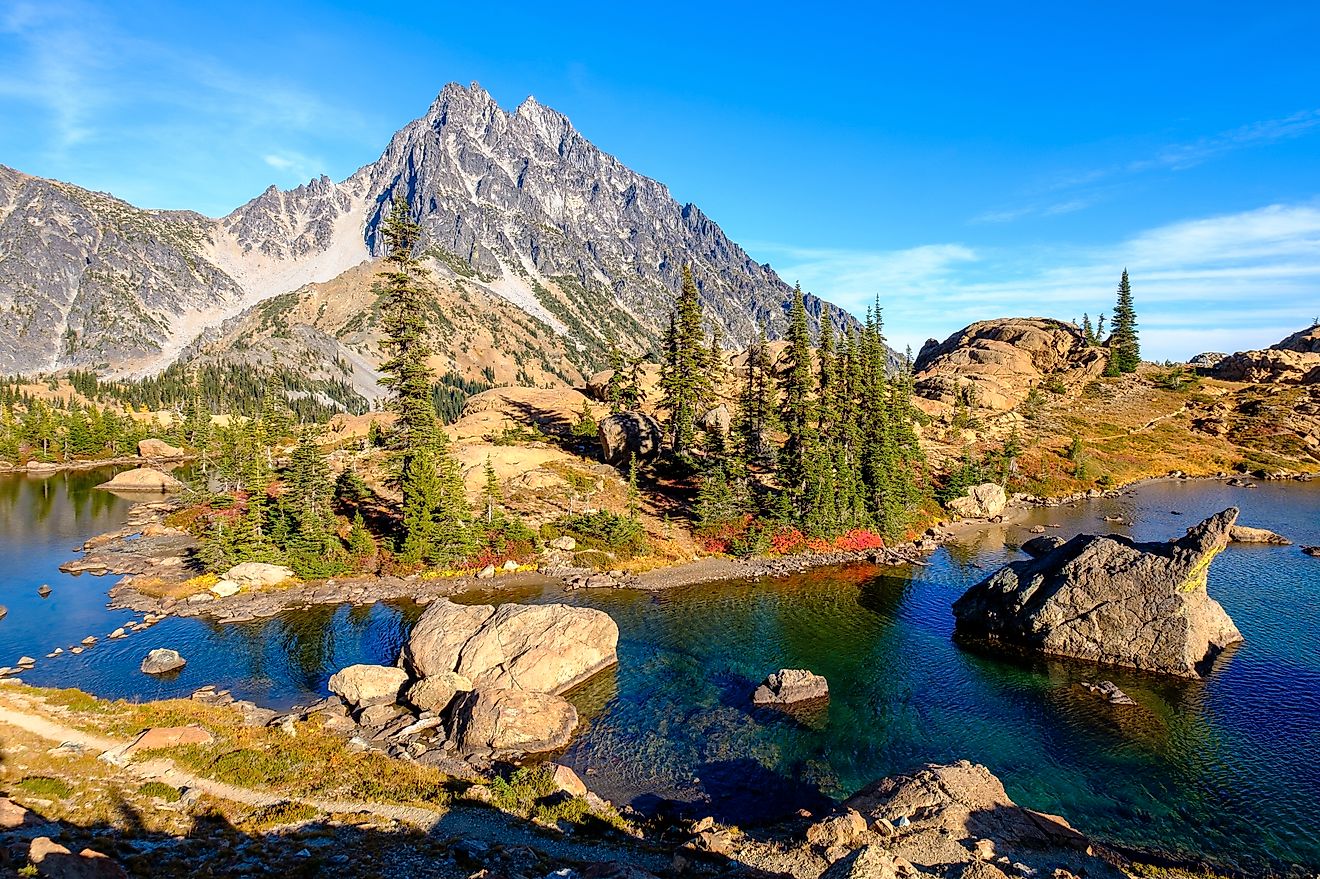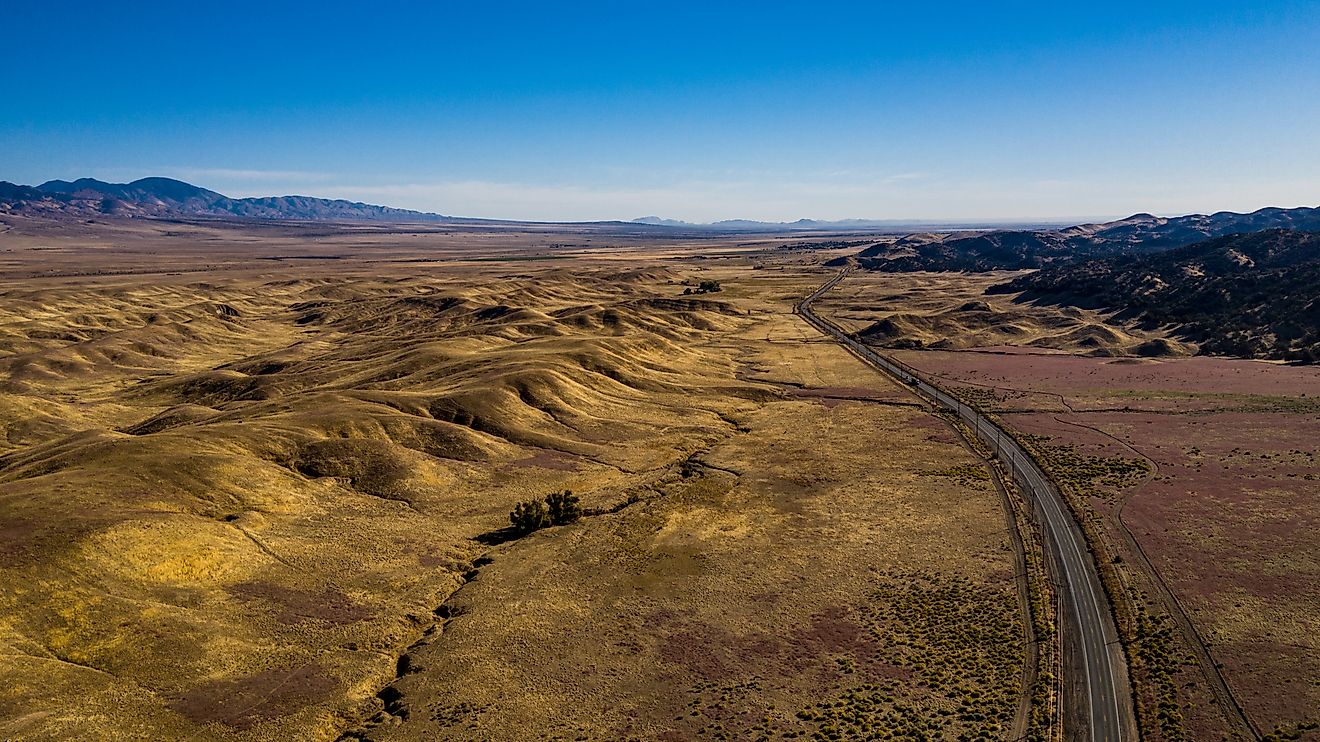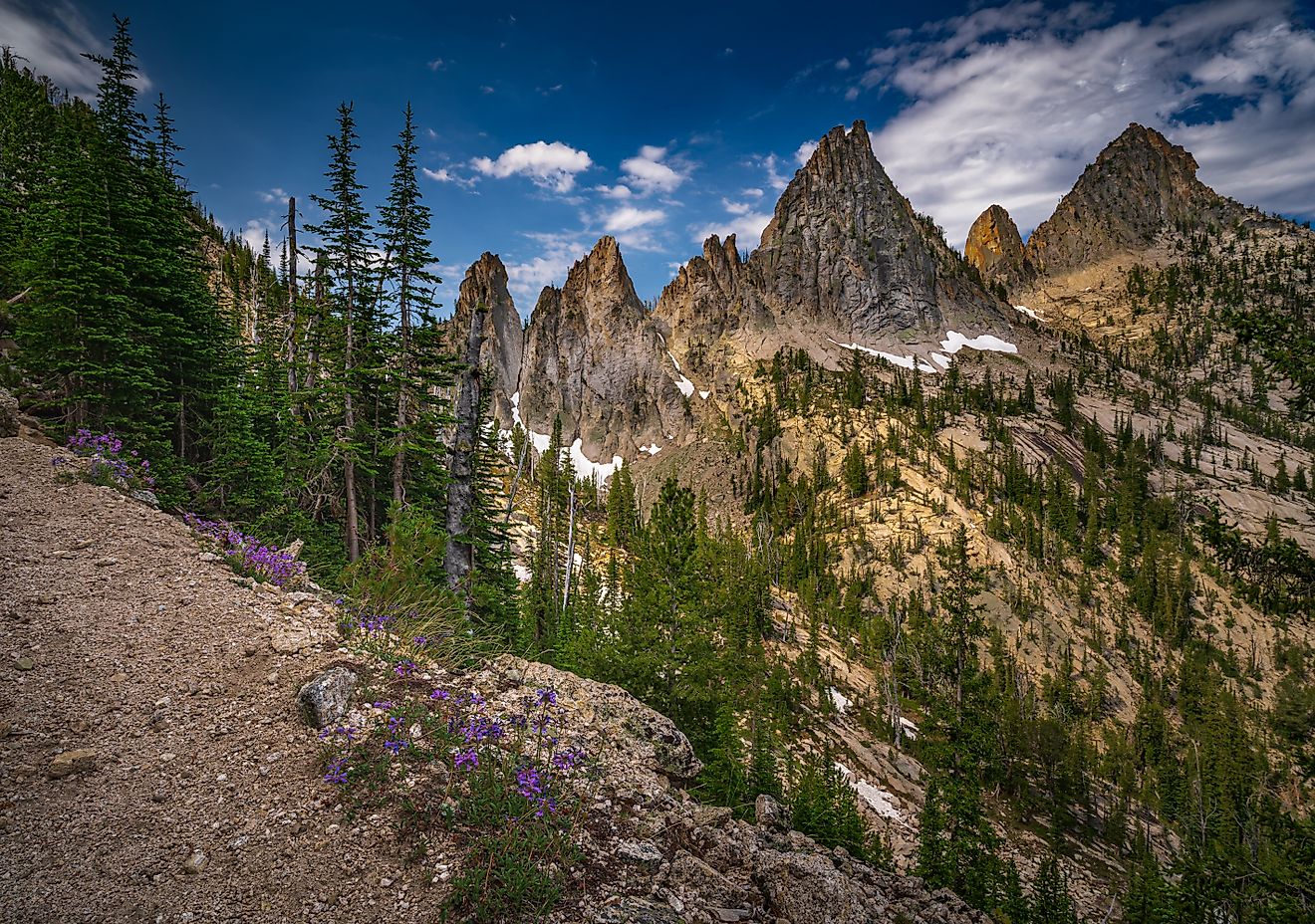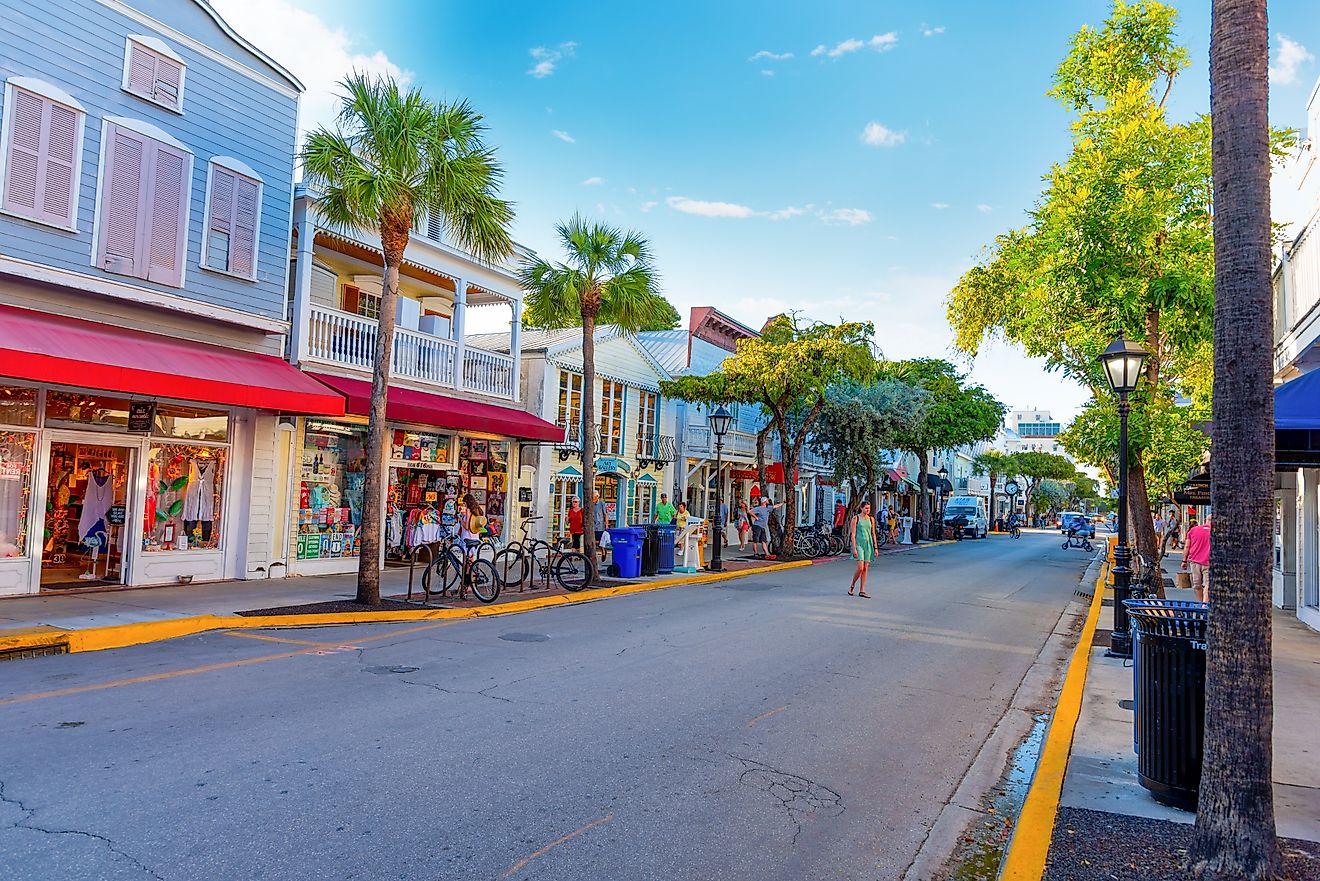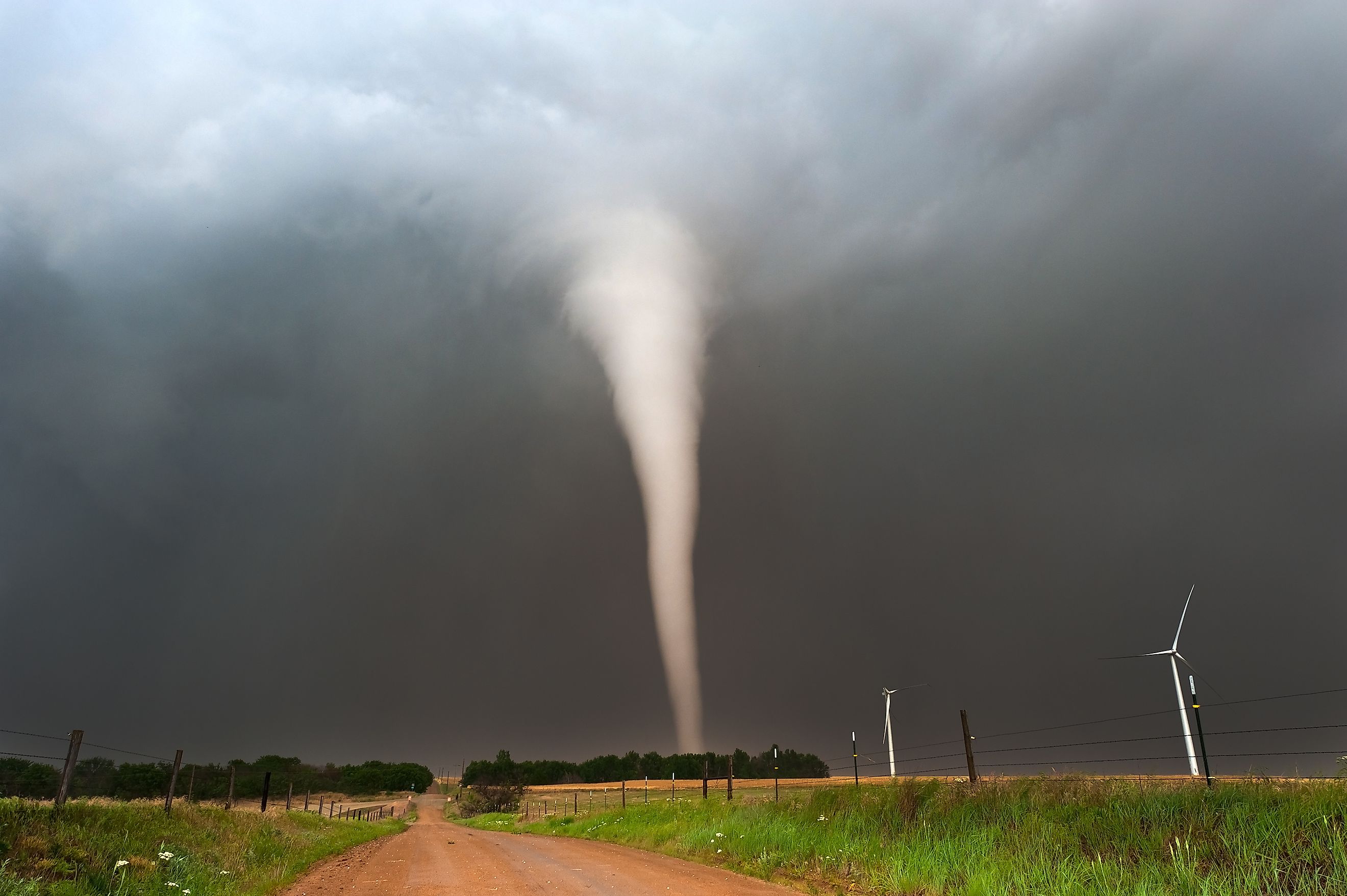
The US States with the Most Tornadoes
Few natural forces capture attention quite like a tornado. In a matter of minutes, these swirling columns of air can rip across fields, topple trees, and reshape communities. While tornadoes have been recorded in nearly every state, some regions face them far more often than others. So, which US states see the most tornadoes, and why do they become such hotspots for this dramatic weather?
The answer lies in a unique collision of air masses. Warm, humid air rises north from the Gulf of America, while cool, dry air sweeps down from Canada and the Rocky Mountains. When these forces meet, they create a powerful recipe for severe storms known as supercells, the breeding ground for tornadoes. For decades, the heart of this activity has been known as “Tornado Alley,” stretching through the central United States. But in recent years, the danger zone has been shifting, spreading further east and south and changing the map of tornado risk.
Texas
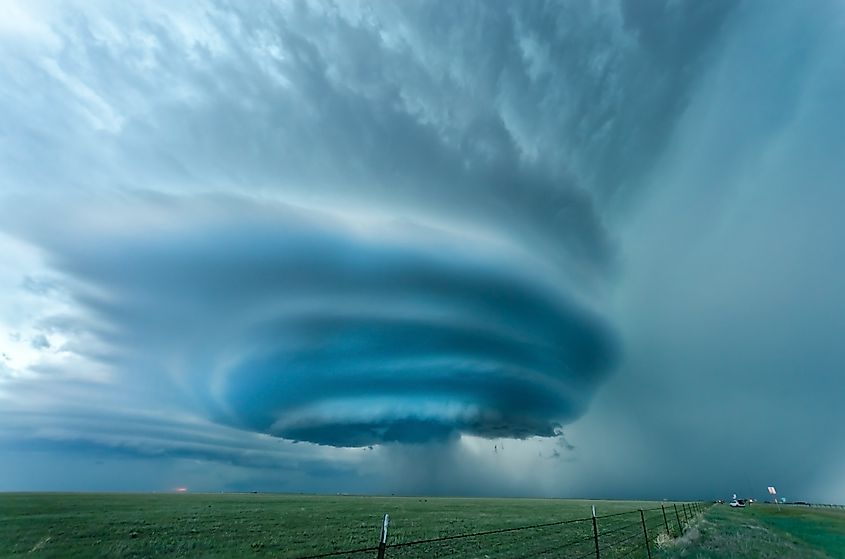
-
Average Tornadoes Per Year: About 140 to 150
-
Peak Season: April to June
-
Most Active Region: North Texas and the Panhandle
Texas leads the nation in tornadoes by a wide margin, and it is not even close. With its vast size and prime location for clashing air masses, the Lone Star State averages more tornadoes each year than any other state. Cities like Dallas, Fort Worth, and Lubbock are familiar with severe storm systems that can produce multiple tornadoes in a single outbreak.
Beyond its sheer numbers, Texas also records some of the widest tornadoes on record, including the 2.6-mile-wide El Reno tornado in 2013, one of the widest ever measured in the world. Despite the frequency, Texas also benefits from a robust storm-chasing and weather-warning infrastructure, helping to mitigate loss of life in many events.
Kansas
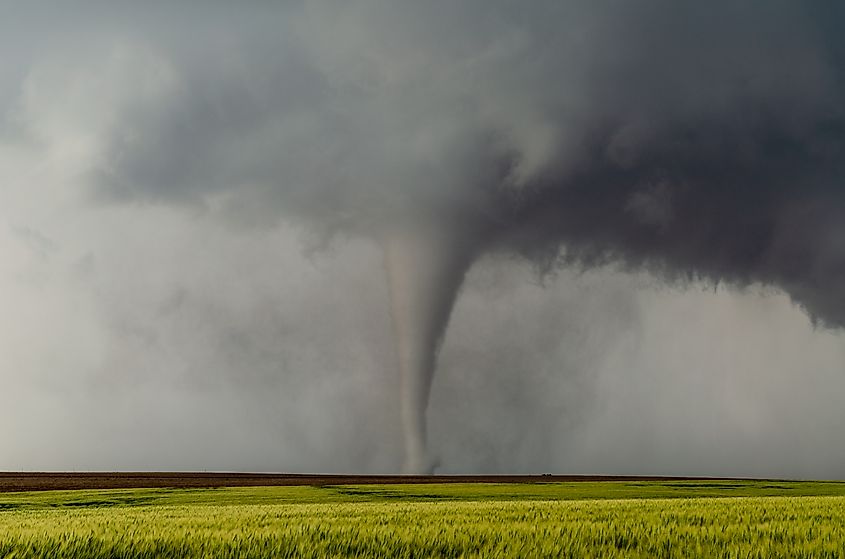
-
Average Tornadoes Per Year: Around 90 to 100
-
Peak Season: April to June
-
Most Active Region: Central and South-Central Kansas
When most people think of tornadoes, Kansas often comes to mind. Pop culture references, including “The Wizard of Oz,” have tied the state to twisters for generations. Kansas has earned this reputation through both frequency and severity. Its flat plains and central location make it a prime breeding ground for severe storms.
Cities like Wichita and Dodge City often find themselves in the path of strong tornadoes, and the state has recorded some of the most intense on the Enhanced Fujita (EF) scale, including EF5 storms that leave near-total destruction in their wake.
Oklahoma
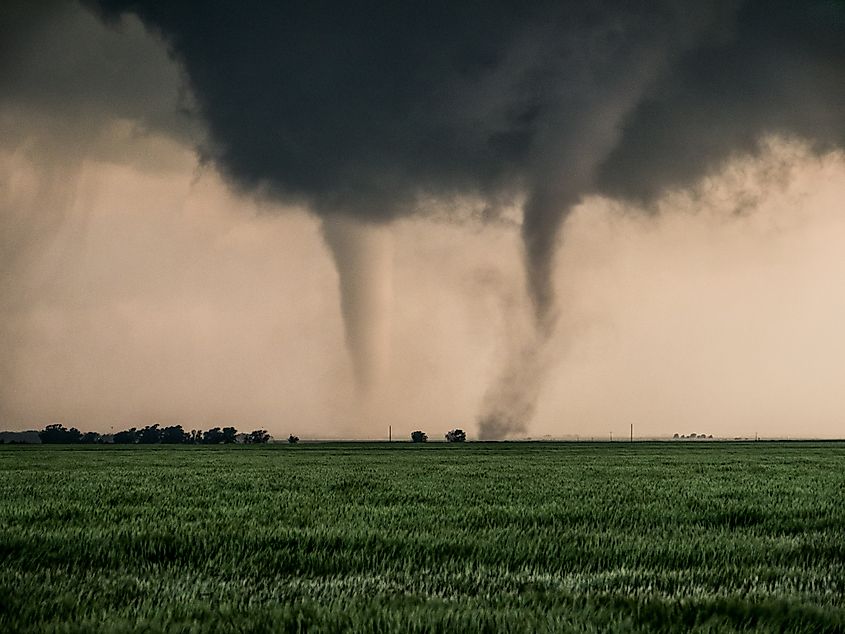
-
Average Tornadoes Per Year: 60 to 70
-
Peak Season: May and June
-
Most Active Region: Central Oklahoma
Oklahoma is home to the National Weather Center, making it a hub for tornado research and forecasting. The state is infamous for its history of violent tornadoes, including the 2013 Moore tornado, which reached EF5 strength with winds estimated over 200 mph.
While it has fewer tornadoes overall compared to Texas, the intensity of tornadoes in Oklahoma is often higher because the state sits in the core of Tornado Alley. Many of the deadliest tornado outbreaks have occurred here, and the residents are well-versed in sirens, warnings, and safety protocols.
Florida
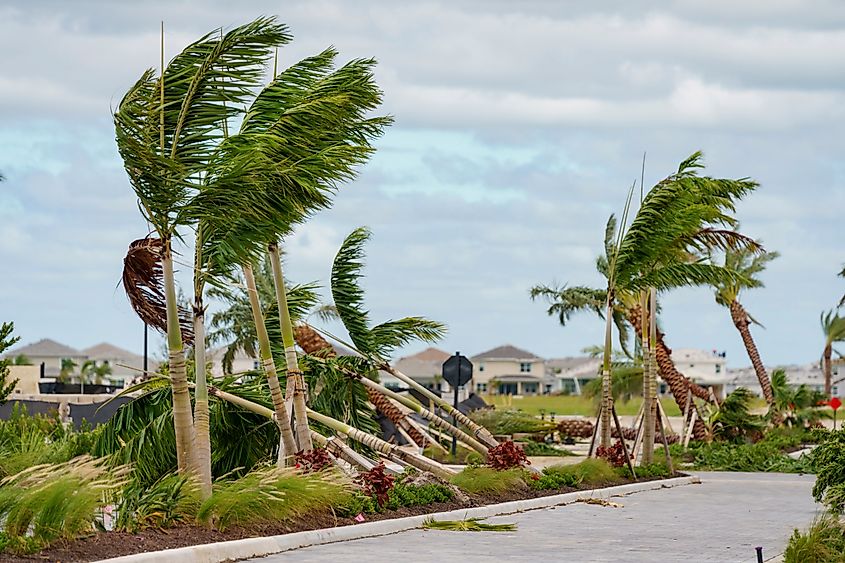
-
Average Tornadoes Per Year: Around 60 to 65
-
Peak Season: Summer (June to September)
-
Most Active Region: Central Florida
Florida may not seem like a traditional tornado state, but it ranks among the highest because of its frequent thunderstorms and tropical systems. Unlike the powerful Great Plains twisters, many Florida tornadoes are weaker, often forming during afternoon storms or from hurricanes and tropical storms.
The central part of the state, including Orlando and the surrounding region, experiences the highest frequency. Florida’s tornadoes are often fast-moving and rain-wrapped, making them harder to see and track.
Nebraska
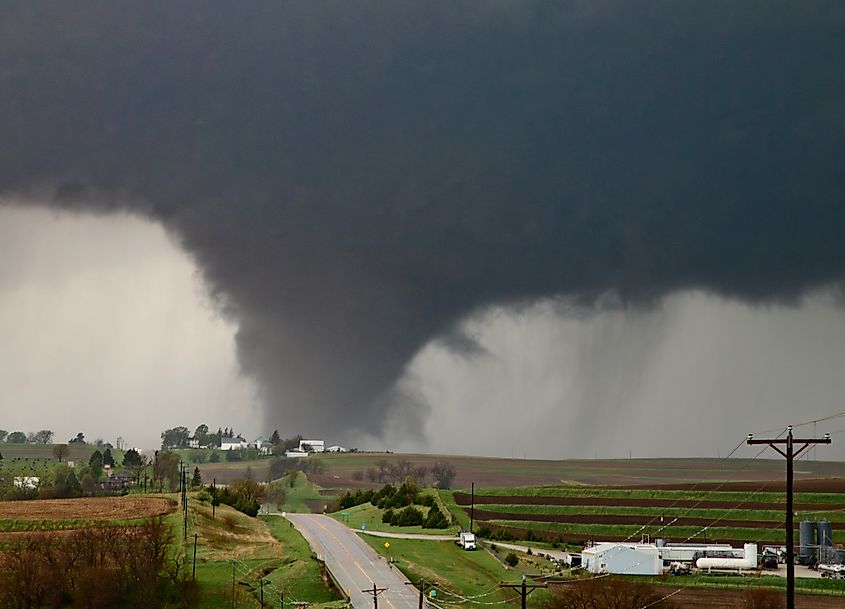
-
Average Tornadoes Per Year: 50 to 55
-
Peak Season: May and June
-
Most Active Region: Eastern Nebraska
Nebraska rounds out the classic Tornado Alley states, with most tornadoes occurring in the eastern half of the state. Omaha, Lincoln, and surrounding areas are particularly prone to severe weather outbreaks in late spring.
The state is also a favorite among storm chasers due to its wide-open landscapes, which provide unobstructed views of approaching supercells. These expansive prairies allow meteorologists and researchers to better observe storm development, making Nebraska a hotspot for tornado research as well as dramatic footage seen on weather broadcasts. Tornadoes here often track long distances across rural areas, which helps reduce casualties compared to more densely populated states, though urban centers remain vulnerable during peak storm season.
Illinois
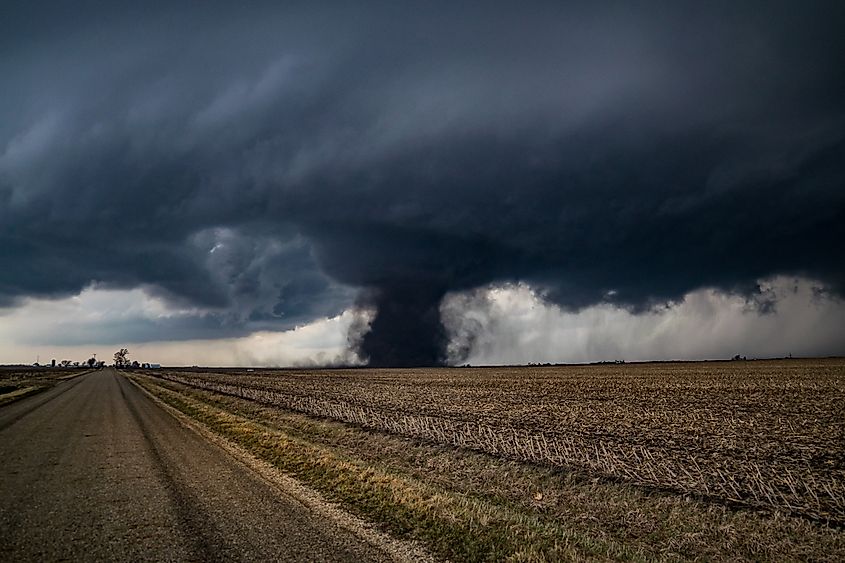
-
Average Tornadoes Per Year: Around 50 to 55
-
Peak Season: April to June
-
Most Active Region: Central and Northern Illinois
Illinois' position in the Midwest places it squarely in the path of major storm systems traveling from the Plains toward the Ohio Valley. Moisture from the Gulf often surges northward, meeting cool air masses from Canada, creating the instability needed for severe weather.
The state has experienced several devastating tornadoes, including the infamous Tri-State Tornado of 1925, which carved a 219-mile path and remains one of the deadliest in US history. More recent outbreaks, such as those in 2013 and 2023, have shown that Illinois continues to face significant tornado threats. Tornadoes here most often occur during the spring and fall, with secondary peaks outside the traditional Tornado Alley season, making Illinois one of the few states with a nearly year-round tornado risk. Urban areas like Chicago are less frequently hit directly but remain at risk due to dense populations and the state's varied weather patterns.
Colorado
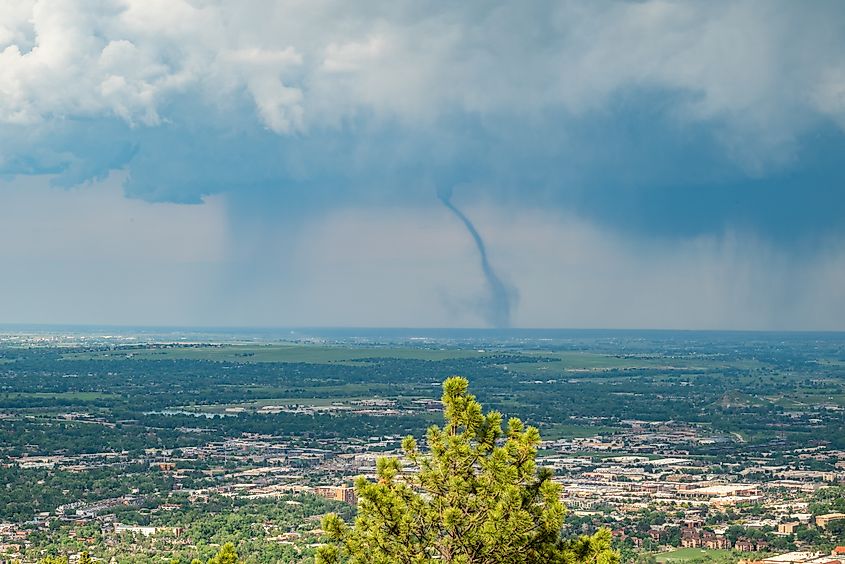
-
Average Tornadoes Per Year: 50
-
Peak Season: May to July
-
Most Active Region: Eastern Colorado
Colorado might be better known for its majestic Rocky Mountains, but the eastern part of the state is part of the High Plains, a region where tornadoes are surprisingly frequent. Moist air from the Gulf occasionally collides with dry air from the west and cool air descending from the Rockies, creating the perfect recipe for rotating storms.
While many of Colorado’s tornadoes are weaker (EF0–EF1), the state is known for producing numerous landspouts and rope tornadoes, particularly in rural areas where open fields make them easier to spot. Denver and its surrounding communities sit near an area dubbed the “Denver Convergence Zone,” where unique topography can enhance storm formation. Residents are accustomed to dramatic weather swings, where a clear, sunny morning can turn into a tornado watch or severe thunderstorm warning by afternoon, especially during late spring and early summer.
How Tornado-Prone States Stay Safe
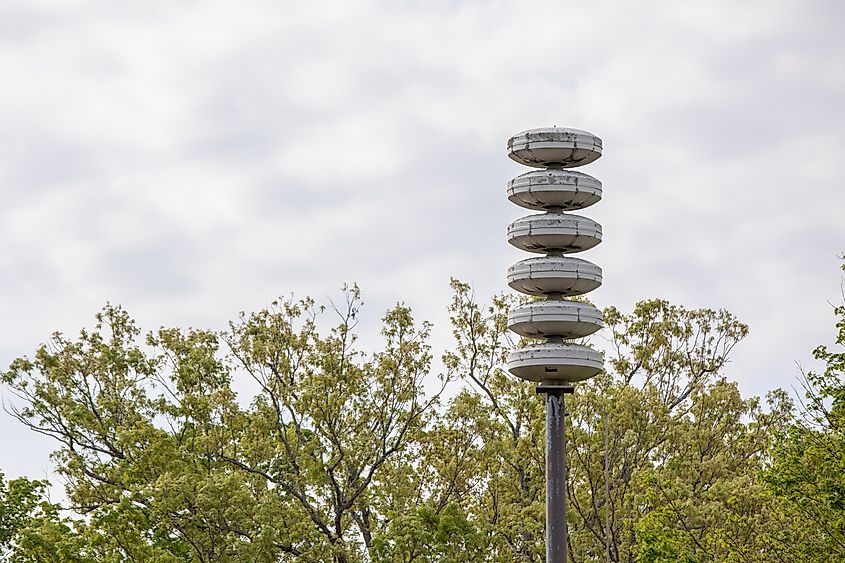
The states most impacted by tornadoes have learned to take preparation seriously, blending advanced technology with community awareness to reduce risks. Many have robust warning systems, frequent drills, and strict building codes designed to withstand severe weather. Here are some of the key measures used across these high-risk regions:
-
Advanced Warning Systems: States like Texas, Oklahoma, and Kansas rely on extensive Doppler radar networks, storm spotters, and siren systems that alert residents early when conditions are ripe for tornadoes.
-
Community Drills and Education: Schools, businesses, and local governments in tornado-prone states often hold annual tornado drills, especially in spring, to ensure everyone knows where to go when sirens sound.
-
Storm Shelters and Safe Rooms: Many homes, schools, and public buildings in places like Oklahoma and Nebraska have reinforced storm shelters or interior safe rooms designed to withstand high winds.
-
Public Awareness Campaigns: States frequently launch seasonal awareness campaigns, reminding residents how to interpret watches versus warnings and encouraging them to prepare emergency kits ahead of storm season.
-
Mobile Alerts and Weather Apps: Residents are encouraged to sign up for mobile weather alerts and use apps that provide real-time tracking of storm cells and potential tornado formation.
These proactive measures save lives each year, giving people the information and infrastructure they need to respond quickly when tornadoes threaten.
Final Thoughts: Living with Tornadoes in America
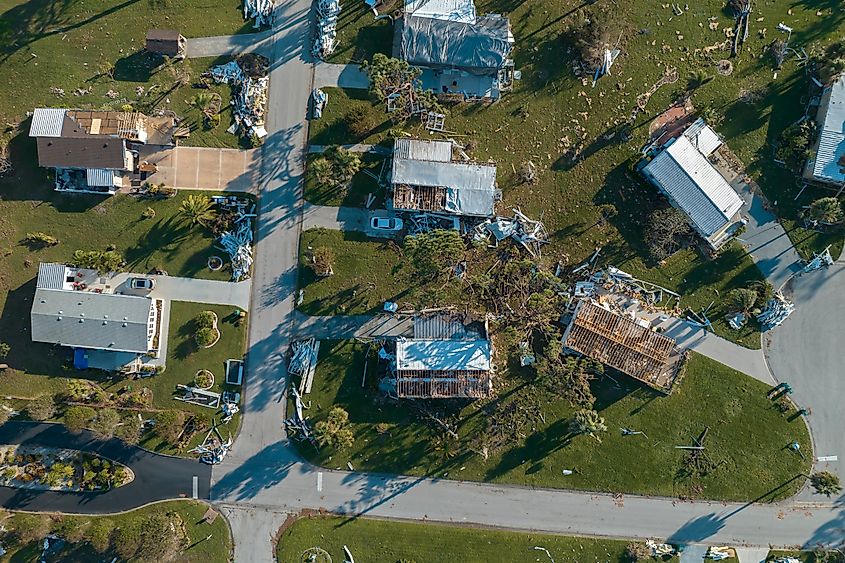
Tornadoes are a part of life for many regions across the United States, especially in the central and southern states where the right mix of warm, moist air and strong wind patterns create ideal conditions. While these storms can be unpredictable and destructive, the communities that face them most often have adapted with impressive resilience. Through advanced warning systems, public education, and a culture of preparedness, these states continue to reduce risks and save lives.
Whether you live in Texas, Oklahoma, or Illinois, or simply travel through Tornado Alley during peak season, understanding the science behind tornadoes and the steps taken to stay safe can turn a frightening weather event into a manageable one. Awareness and readiness remain the best defenses against nature’s spinning storms.
Frequently Asked Questions
Which state gets the most tornadoes?
Texas averages the highest number of tornadoes each year, with around 140 to150 reported.
What is Tornado Alley?
Tornado Alley is an informal term for the central US region, including Texas, Kansas, Oklahoma, and surrounding states, where tornado activity is most frequent.
Do tornadoes happen outside Tornado Alley?
Yes. Tornadoes have been recorded in every US state, including Alaska and Hawaii, though they are rare in those locations.
What month has the most tornadoes?
May is traditionally the peak month for tornadoes, but April and June also see high activity.
Why is tornado activity increasing in the Southeast?
Warmer Gulf air and shifting climate patterns have contributed to more frequent and intense storms in states like Alabama, Mississippi, and Tennessee.
